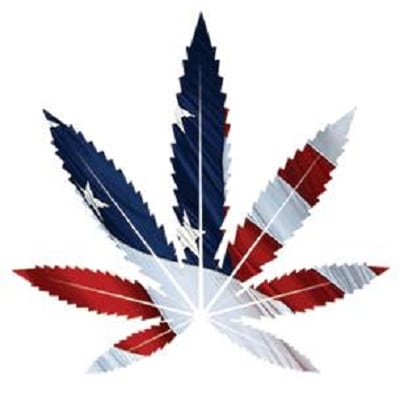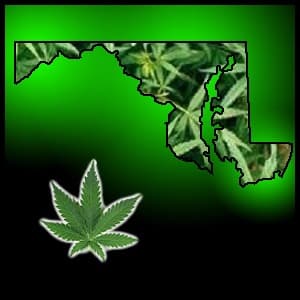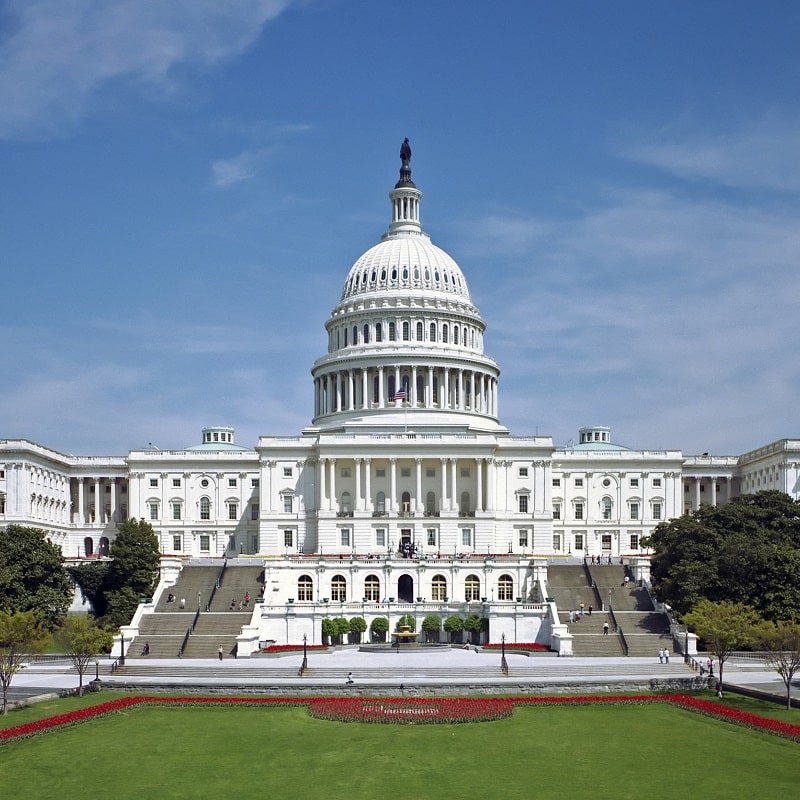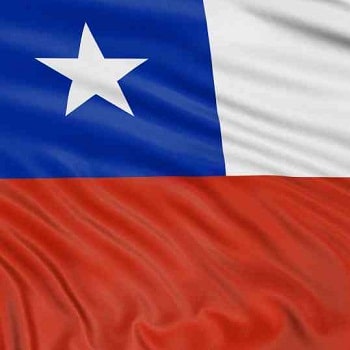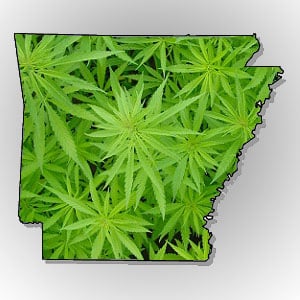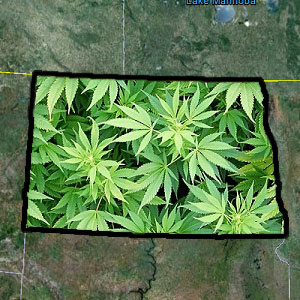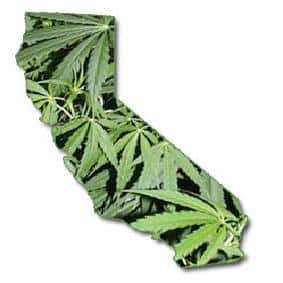 California NORML estimates that there are now over 750,000 medical marijuana users in the state, or 2% of the population, according to the most recent data. At the high end, an estimate of over 1,125,000 patients, or 3% of the population, is consistent with the data. This represents a substantial increase fromCal NORML’s earlier estimates of 300,000 (in 2007); 150,000 (in 2005); and 75,000 (in 2004); but is in line with registration rates in other comparable states that enjoy similar wide access to medical cannabis clinics and dispensaries.
California NORML estimates that there are now over 750,000 medical marijuana users in the state, or 2% of the population, according to the most recent data. At the high end, an estimate of over 1,125,000 patients, or 3% of the population, is consistent with the data. This represents a substantial increase fromCal NORML’s earlier estimates of 300,000 (in 2007); 150,000 (in 2005); and 75,000 (in 2004); but is in line with registration rates in other comparable states that enjoy similar wide access to medical cannabis clinics and dispensaries.
Because patients are not required to register in California, their exact number is uncertain. Under California’s medical marijuana law, Prop. 215, patients need only a physician’s recommendation to be legal. Just a tiny fraction of the state’s medical marijuana population is enlisted in the state’s voluntary ID card program, which issued just 12,659 cards in 2009-10. Therefore, California patient numbers must be estimated from other sources. Among the most salient are medical marijuana registries in Colorado and Montana, which report usage rates of 2.5% and 3.0%, respectively. Because California’s law is older and has more liberal inclusion criteria than other states, usage here is likely to be higher.
 Despite this, there is no evidence that liberal access to medical marijuana has spurred overall marijuana use in California. According to U.S. SAMHSA data, the total number of users in the state, including non-medical ones, amounts to 6.7% of the population (2.5 million) within the past month, or 11.3% (4.1 million) within the past year. This places California only slightly above the national average in marijuana use ( 6.0% monthly and 10.4% yearly), and below several states with tougher marijuana laws. Use of marijuana by California school youth has declined since Prop. 215 passed, according to data from the Attorney General’s Survey of Student Drug Use in California. The increase in medical marijuana use therefore appears to reflect a tendency for existing users to “go medical,” rather than the enlistment of new users.
Despite this, there is no evidence that liberal access to medical marijuana has spurred overall marijuana use in California. According to U.S. SAMHSA data, the total number of users in the state, including non-medical ones, amounts to 6.7% of the population (2.5 million) within the past month, or 11.3% (4.1 million) within the past year. This places California only slightly above the national average in marijuana use ( 6.0% monthly and 10.4% yearly), and below several states with tougher marijuana laws. Use of marijuana by California school youth has declined since Prop. 215 passed, according to data from the Attorney General’s Survey of Student Drug Use in California. The increase in medical marijuana use therefore appears to reflect a tendency for existing users to “go medical,” rather than the enlistment of new users.
The total retail value of medical marijuana consumed in California can be estimated at between $1.5 and $4.5 billion per year, assuming a market of 2% to 3% of the population, average use of 0.5 to 1 gram per day, and an average cost of $320 per ounce.
 Basis for 2% – 3% Estimate
Basis for 2% – 3% Estimate
California’s patient population can be estimated from data from other medical marijuana states where patients are required to register, shown in the table below. The top two of these are Colorado and Montana, which, like California, have a well developed network of cannabis clinics and dispensaries, and which report usage rates of 2.5% and 3.0%, respectively. Other states, where medical marijuana is less developed, report lower rates of 1% and less. However, California is likely to be on the high side because it has the oldest and most liberal law in the nation. Significantly, California is the only state that permits marijuana to be used for any condition for which it provides relief – in particular, psychiatric disorders, such as PTSD, bipolar disorder, ADD, anxiety and depression, which account for some 20%-25% of the total patient population [01]. Adjusting for this, usage in California could be as much as 25% to 33% higher than in Colorado and Montana, which would put it well over 3% of the population (1,125,000).
| State | Registered Patients | % Population |
| Colorado [1] | 123,890 | 2.5% |
| Hawaii [2] | 5,190 | 0.4% |
| (Hawaii – Oahu | 691 | 0.1%) |
| (Hawaii – Big Island | 3,160 | 1.7%) |
| Michigan [3] | 63,869 | 0.6% |
| Montana [4] | 29,948 | 3.0% |
| Oregon [5] | 39,774 | 1.0% |
| Rhode Island [6] | 3,073 | 0.3% |
Sources: (1) https://www.cdphe.state.co.us/hs/medicalmarijuana/statistics.html, accessed 5/30/2011; (2) Andrew Pereira, “Number of Medical Marijuana Patients Soars,” KHON News, Nov. 13, 2009; (3) “Bringing Clarity to Michigan’s Medical Marijuana Law,” Detroit Free Press, Apr 3, 2011;
(4) https://www.dphhs.mt.gov/medicalmarijuana/mmphistoricaldata.shtml [Note: eligibility in Montana is due to be restricted under a new law passed in 2011];
(5)https://public.health.oregon.gov/DiseasesConditions/ChronicDisease/MedicalMarijuanaProgram/Pages/data.aspx;
(6) https://www.health.ri.gov/publications/programreports/MedicalMarijuana2011.pdf
A 2%+ patient population estimate is supported by data from the Oakland Patient ID Center, which has been issuing patient identification cards to its members since 1996. The OPIDC serves patients from all over the state, but especially the greater Oakland-East Bay area of Northern California, where its cards are honored by law enforcement. As of 2010, the OPIDC had issued ID’s to 19,805 members from five East Bay cities (Oakland, Berkeley, Alameda, Hayward and Richmond), amounting to 2.4% of the local population. Because the cards were issued over a period of 14 years, they include numerous patients who have lapsed, moved, or deceased. On the other hand, they do not include many other local patients who have current recommendations but never registered with the OPIDC.
Even higher numbers have been reported by the Peace In Medicine collective in Sebastopol, Sonoma County, whose members number 3.6% of local residents [02].
Caution is needed in projecting these figures statewide, since usage is subject to substantial local variations. For example, in Hawaii per capita usage is over twenty times higher on the Big Island than on the main island of Oahu. This can be explained by local differences in culture as well as access to cannabis-recommending physicians. California is a heterogeneous state, in which usage is likely to be higher in liberal coastal areas than in the more culturally conservative interior.
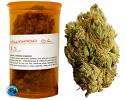 Nonetheless, there are sound reasons not to be surprised by medical marijuana usage rates of 2% and more. A poll by Health Canada [03] found that 4% of the population over age 15 used cannabis for medical reasons without government permission; another poll [04] by Toronto’s Centre for Addiction and Mental Health found that 2% of Ontario adults used marijuana for medicine.
Nonetheless, there are sound reasons not to be surprised by medical marijuana usage rates of 2% and more. A poll by Health Canada [03] found that 4% of the population over age 15 used cannabis for medical reasons without government permission; another poll [04] by Toronto’s Centre for Addiction and Mental Health found that 2% of Ontario adults used marijuana for medicine.
Marijuana’s popularity can be explained by its low toxicity, pleasant effects, and remarkably wide range of therapeutic uses, over 250 of which have been reported. By far the leading application is chronic pain, which accounts for the majority of all recommendations. Studies by California’s Center for Medicinal Cannabis Research have shown that marijuana is particularly effective for neuropathic pain, an otherwise difficult to treat condition that afflicts up to 7- 8% of the population. Patients who use marijuana for pain commonly report significant reductions in their use of other medications, in particular prescription opiates.
REFERENCES:
[01] Nunberg, Helen; Kilmer, Beau; Pacula, Rosalie Liccardo; and Burgdorf, James R. (2011) “An Analysis of Applicants Presenting to a Medical Marijuana Specialty Practice in California,” Journal of Drug Policy Analysis: Vol. 4 : Iss. 1, Article 1.
Gieringer D. (2002). Medical use of cannabis: Experience in California. In Grotenhermen F & Russo E (Eds.), Cannabis and cannabinoids: pharmacology, toxicology, and therapy (pp. 143-152). New York: Haworth Press.
Gieringer D. (2003). The acceptance of medicinal marijuana in the U.S. Journal of Cannabis Therapeutics, 3(1).
[02] Personal communication: 1,144 patients from zip code 95472 – May, 21, 2011.
[03] Health Canada poll: Ottawa Citizen, “Most ‘medical’ marijuana use illegal: Poll,” Feb 3, 2002.
[04] Toronto CAMH poll: Ogborne, A. et al., “Self reported medical use of marijuana: A survey of the general population”, Canadian Medical Association Journal 152:1685-6 (2000).


